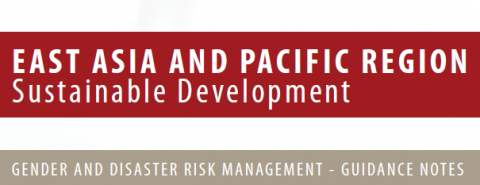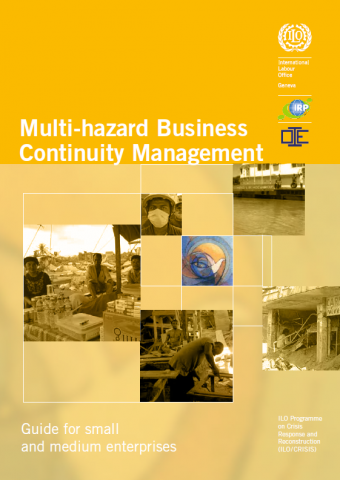The Bright Future of Food: Empowering Local Economies and Ensuring Food Security
The Bright Future of Food – http://zipgrow.com Bright Agrotech is a leader in vertical, space saving aquaponics and hydroponics systems and a commercial producer in the high plains of Laramie, WY. We’re passionate about growing fresh, nutrient-dense, sustainable food for our local communities and empower other small urban farmers to do the same with our ZipGrow […]
The Bright Future of Food: Empowering Local Economies and Ensuring Food Security Read More »


